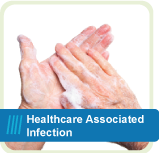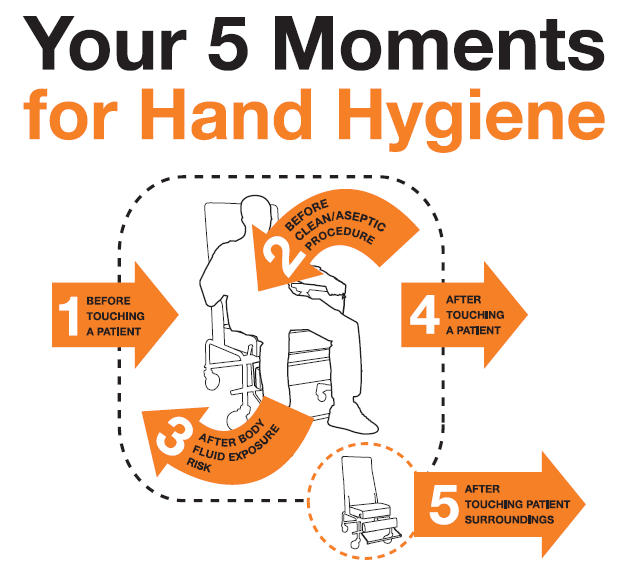Healthcare Associated Infection
Key Message


PLEASE BE AWARE THAT INFECTION PREVENTION AND CONTROL (IPC) GUIDANCE SPECIFIC TO CORONAVIRUS (COVID-19) DIFFERS FROM THE INFORMATION ON THIS PAGE.
PLEASE CLICK THIS LINK FOR THE MOST UP TO DATE IPC GUIDANCE FOR COVID-19
Healthcare Associated Infections (HAIs) are infections which are
acquired by people while receiving treatment or during a healthcare
intervention within a health or care setting. HAIs can be life
threatening, can often complicate recovery, extend a hospital stay,
and can increase stress on patients, carers and families. Infection
prevention and control is key is reducing HAIs in all care
settings.
In addition to HAIs there is increasing incidence of Antimicrobial
Resistance (AMR). AMR is a growing national and international
concern and has been referred to as a "global threat to public
health" by the World Health Organisation. With few new antibiotics
in the pipeline it is imperative that we safeguard the resource we
have available to ensure that antimicrobials remain effective for
future generations.
Scottish Infection Prevention and Control Education Pathway (SIPCEP)
NHS Education for Scotland is leading the way in demonstrating a
national approach to infection prevention and control with the
introduction of the Scottish Infection Prevention and Control
Education Pathway (SIPCEP). The aim of the pathway is to enable all
staff to contribute to a health and care culture in which safety
related to infection prevention and control is of the highest
importance.
The pathway comprises three layers - Foundation,
Intermediate and Improvement and
provides a progression path for health and social care staff.
Further details regarding the pathway can be found on the
NES website.
What does this mean for the Effective Practitioner?
All health and social care practitioners are required to assess and minimise the risk of infection at all times. The Scottish Infection Prevention and Control Education Pathway (SIPCEP) provides the underpinning education to support implementation of national standards in all health and care settings.
![]() You can download a copy of
the Healthcare
Associated Infections learning activities.
You can download a copy of
the Healthcare
Associated Infections learning activities.
Reflection
Remember, recording your reflections is an important part of the learning process. Take time to structure your thoughts, feelings and any future actions on one the forms available in the Reflective Practice section. Click here to visit the page.
In your reflections you could also consider how your learning relates to the Facilitation of Learning, Leadership and Evidence, Research and Development pillars of practice.
Return to top

 The World Health Organisation (WHO) have published
The World Health Organisation (WHO) have published